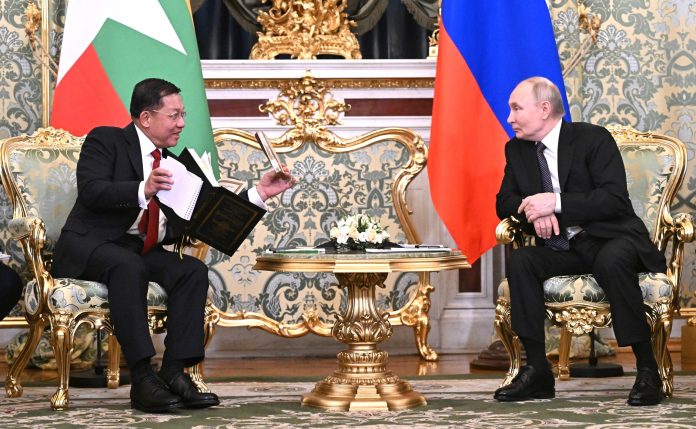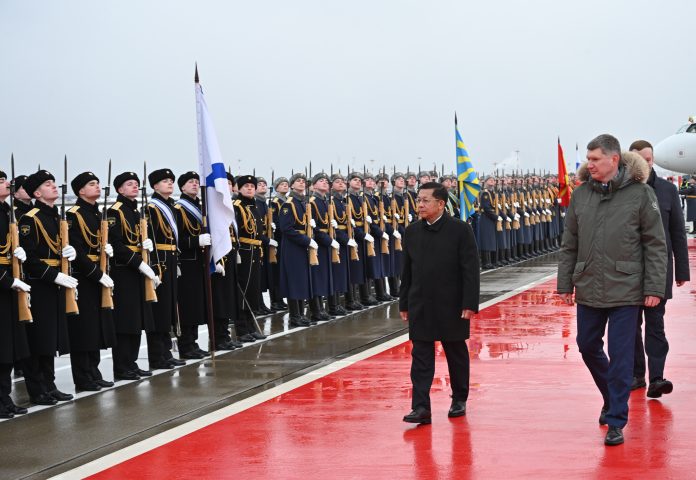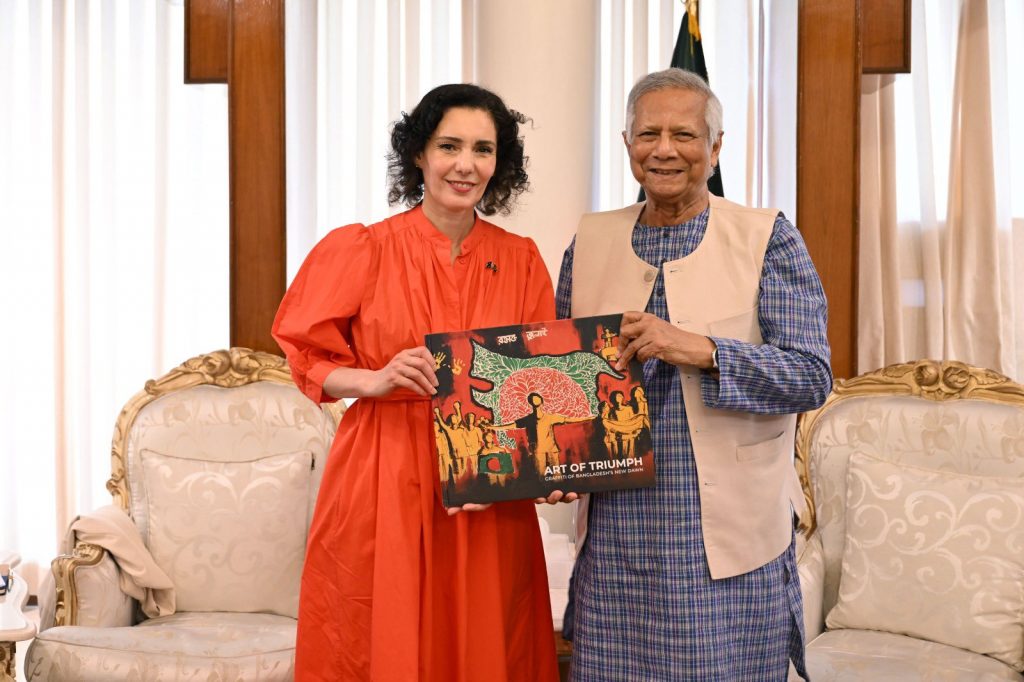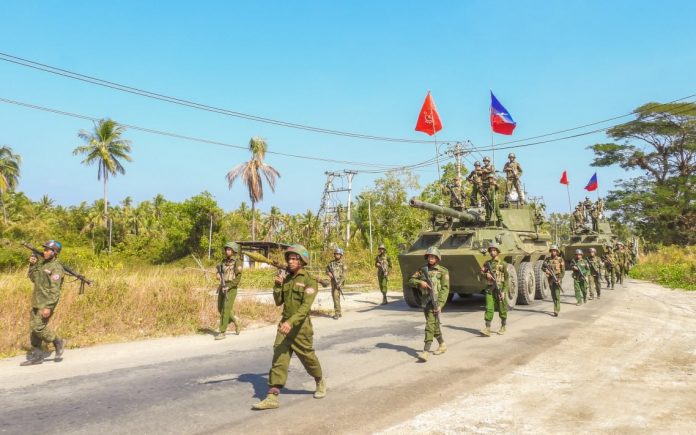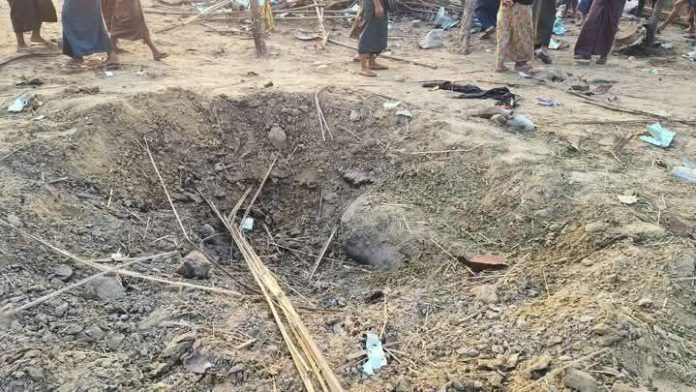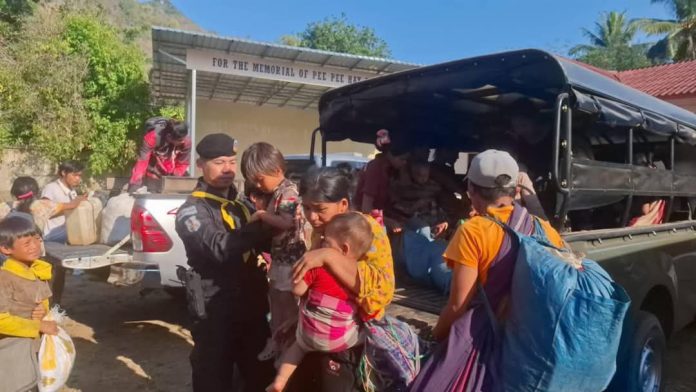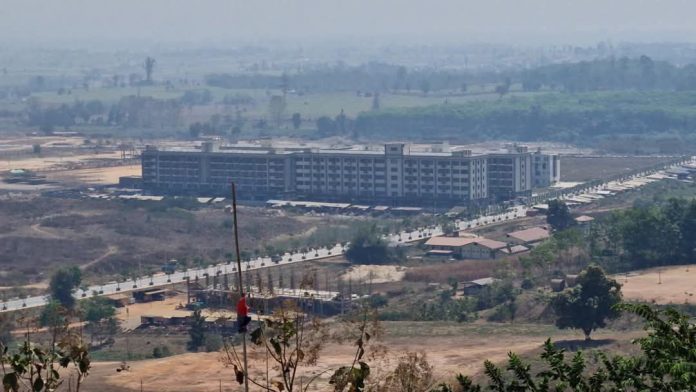Guest contributor
Htet Shein Lynn
By December 2024, the Arakan Army (AA) had secured control over 14 of Arakan (Rakhine) State’s 17 townships, except for the island of Manaung, the state capital Sittwe, and the vital port town of Kyaukphyu.
Despite declaring a ceasefire on Dec. 29, the AA expanded military operations into Magway, Bago, and Ayeyarwady regions.
In January, the AA captured two military camps in the Rakhine Yoma, provoking artillery fire from the regime’s battalion in Ngathaingchaung town of Ayeyarwady Region.
Concurrently, the AA seized Magyizin village, while the National Unity Government (NUG) established the Ayeyarwady People’s Defense Force (PDF) in December.
Analyzing the extension of conflict from Rakhine to Ayeyarwady necessitates tracking the AA’s expanded military operations, which aim to weaken military defenses and disrupt the Directorate of Defence Industries (DDI) factories, which produce weapons and equipment, in Bago and Magway regions.
Following the seizure of Gwa Township in southern Rakhine, the AA declared readiness for political dialogue while maintaining its military offensives.
Its advances follow three primary routes: Gwa-Ngathaingchaung towards Ayeyarwady Region, Ann-Padan towards Magway Region, and Taungup towards Bago Region.
Although Ayeyarwady lacks DDI factories, Magway hosts 15, and Bago has 7. With intensifying operations along these routes, DDI-14 on the Ann-Padan Road in Ngape Township is now highly vulnerable. At least eight AA-trained resistance groups are engaged in ongoing combat in the Rakhine Yoma.
Having received training from the AA since mid-2021, these forces gained combat experience in Rakhine and Paletwa, in southern Chin State, and are now pushing beyond Rakhine into central Myanmar, further undermining junta control.
In early January, the AA captured two regime checkpoints, Daung Chaung and Beda, in Ayeyarwady Region, along with Magyizin and Bawmi villages.
Media reports indicate PDF involvement in these battles. South of Magyizin, the junta reinforced Wetthay village, previously a significant site for military exercises in 2018.
However, the AA bypassed Wetthay and attacked a police outpost near Thabaung Town. Consequently, the AA and the PDF forces are now advancing from two strategic directions—along the Gwa-Ngathaingchaung road and Thabaung, positioned between the Rakhine Yoma and the western bank of the Ngawan River.
Following the offensive on Bawmi village in December, the junta appointed Brigadier General Soe Kyaw Htet as the commander of the Southwestern Regional Command (RMC) headquarters in Pathein, the Ayeyarwady Region capital.
Troops retreating from the Daung Chaung and Beda checkpoints regrouped at Ngathaingchaung battalion AB-344 for defensive purposes, with an airfield under construction to facilitate fighter jet deployment. After remaining inactive for over four years,
The AB-344 recently resumed artillery support in response to engagements at Daung Chaung and Beda and is now reinforcing the Yaenantthar checkpoint.
Additionally, Light Infantry Battalion (LIB) 36 in Kyonpyaw has initiated training for 200 military conscripts, while the junta has obstructed the Gwa-Ngathaingchaung road to restrict AA movements.
To safeguard the vulnerable DDI-14, the junta has deployed additional forces along the Ann-Padan road. Major Kyaw Naing Oo, formerly commanding the Taung Kham battle in Shan State, has been promoted to lead the 905 Artillery Battalion in Ngape.
Defensive fortifications, including barbed wire and overhead trenches, have been reinforced across all DDI factories.
Future trajectories
Although the PDF was formed in December, various other forces operating in the Arakan Yoma have functioned as guerrilla units since the 2021 military coup.
The People’s Revolution Alliance, the Student Armed Force, and the Chin Brotherhood, which have received sustained military assistance from the AA since their inception, appear to have consolidated at the Rakhine, Magway, and Bago crossroads.
The AA and its allied forces, advancing from three strategic routes, primarily target DDI factories along the western bank of the Irrawaddy River in Bago and Magway regions.
These facilities manufacture ammunition, artillery, riot control weapons, and anti-aircraft systems. Disrupting their operations would further exacerbate junta security vulnerabilities.
Additionally, if the AA successfully coordinates with Karen National Union (KNU) Brigade No. 3, it could integrate NUG-PDF forces from the eastern Bago Yoma into the broader resistance movement, strengthening opposition forces.
In Ayeyarwady Region, the AA and its allies are expected to bypass the Shwethaungyan area, where the junta has conducted extensive training exercises.
Instead, operations will likely focus on the Gwa-Ngathaingchaung road while maintaining pressure on the Thabaung front.
This strategy aims to block reinforcements from the Southwestern Regional Military Command (RMC) while targeting DDI factories.
If junta resistance weakens, the PDF may exploit this opportunity to advance and potentially seize Ngathaingchaung and Thabaung.
Since the 2021 coup, the Southwestern RMC has not engaged in direct combat in Ayeyarwady Region, but it has consistently redeployed forces to Rakhine, northern Shan, Karenni, and Karen states for four years.
Given the setbacks the junta has suffered in these areas, resistance in Ayeyarwady now serves as an indicator of the military’s remaining strength.
Consequently, the junta may intensify recruitment and civilian arrests in the region to reinforce its defensive capacity. Nevertheless, uncertainties persist regarding the AA’s ability to sustain its three-route offensive across three regions.
Rohingya armed groups operating in Buthidaung and Maungdaw townships of northern Rakhine, and along the Myanmar-Bangladesh border may retaliate, while besieged junta forces in Sittwe could launch counteroffensives when the DDI factories come under attack.
These potential challenges could significantly limit the AA’s operational capacity in the coming months.
Htet Shein Lynn is a Program Associate in the Conflict, Peace, and Security Program at the Institute for Strategy and Policy (ISP-Myanmar)
DVB publishes a diversity of opinions that does not reflect DVB editorial policy. We’d like to hear what you think about this or any of our stories: [email protected]


